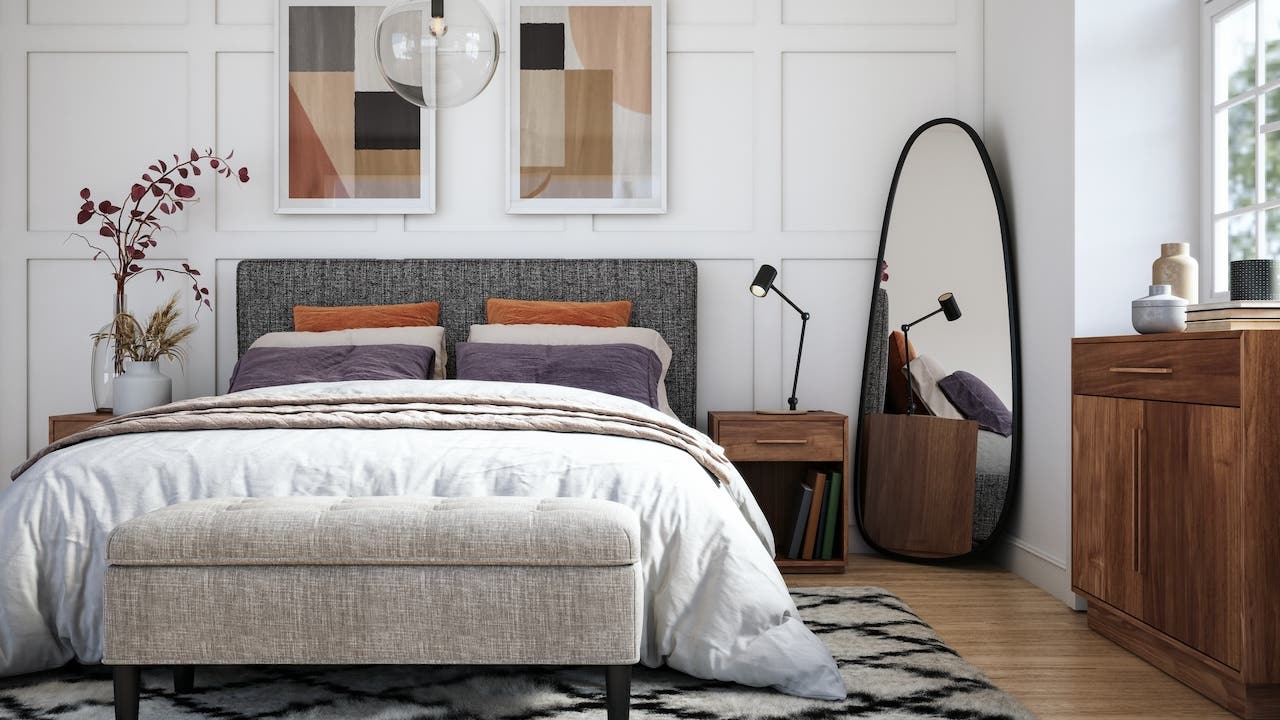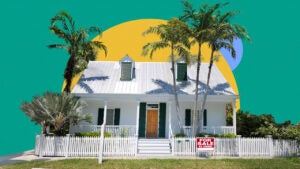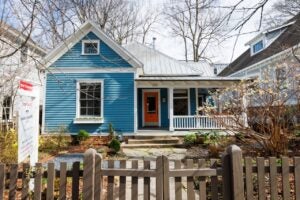How much does it cost to stage a house, and is it worth it?

If you’re selling your home, you want prospective buyers to be able to picture themselves happily living in it. Staging, or decorating your home to make it more appealing to buyers, is a great way to do that: Home staging can help your property stand out in online searches, shine during in-person showings and secure more lucrative offers. In fact, according to 2024 data from the Real Estate Staging Association (RESA), staged homes sold for nearly $70,000 over their list price, on average.
The National Association of Realtors’ most recent Profile of Home Staging, based on a 2023 survey of nearly 2,000 Realtors across the U.S., reveals some eye-opening stats about the power of staging.
- 81 percent of buyer’s agents said staging made it easier for their clients to visualize the property as their home.
- 58 percent said staging has an effect on most buyers’ view of the home.
- 27 percent of seller’s agents said staged homes spent less time on the market.
- 23 percent said they staged all client homes before listing them for sale.
- 20 percent of all agents said that home staging increased a home’s value by up to 5 percent, and 14 percent said it increased value by up to 10 percent.
How much does house staging cost?
Home sellers typically pay somewhere between $837 and $2,924 in home staging costs, with the average price being $1,844, according to 2025 data from HomeAdvisor. But the price tag can vary widely depending on what kind work your home needs.
Generally, a home stager charges for an initial consultation, which can run between $150 and $600, according to HomeAdvisor. The size of your home and the scope of the project play a major role in determining the rest of the costs. If the home is in good shape and your furniture looks appealing, you might only need some organizing and decluttering — a service that ranges from $600 to $800. If you’ve already moved out and the home is completely empty, though, the cost will increase: Furniture rentals can run $500-$600 per room, per month.
The cost of staging a home for two to three months typically translates to about 1 percent of a home’s list price, says Pam Tiberia, founder of Spruce Interiors in Hampton, New Hampshire. So, if your home is being listed for $350,000, the cost to stage it would likely be around $3,500.
For higher-end homes, though, the cost can be more. “Typically, luxury homes range around 1 percent to 1.25 percent of the list price for staging,” Tiberia says. “These costs include labor, furniture rentals, movers and an insurance policy to protect the inventory.”
What does a home stager do, exactly?
Each stager offers a different perspective and different services. Some will include shopping for and incorporating recommended items, such as plants, artwork or updated bedding. “Many stagers also rent these kinds of props and come in to style the home before photos and open houses,” says Tiberia.
Other services a home stager might offer include:
- Discussing how best to furnish a space and recommending which furniture, window treatments and accessories should be removed, added or changed.
- Pointing out any needed repairs or maintenance issues.
- Recommending which rooms should be staged, particularly in vacant homes. Not all rooms need staging, typically.
- Advising homeowners on ambiguous spaces. Some homes with random rooms or funky floor plans can be improved with creative staging and furniture placement.
Is staging your home worth the cost?
Studies have shown that home staging can be a worthwhile investment. In the National Association of Realtors (NAR) report, 20 percent of agents surveyed said staging increased a home’s value by 1 to 5 percent; 14 percent saw an increase of 6 to 10 percent; and 5 percent saw an increase of 11 to 15 percent. Two percent of agents even said that staging resulted in price increases of more than 20 percent.
The adage “time is money” applies here, too: According to HomeAdvisor, staged homes spend between 33 and 50 percent less time on the market than non-staged properties.
The better a home presents, the more perceived value it has.
— Pam Tiberia Founder, Spruce Interiors
“The better a home presents, the more perceived value it has, which typically makes it sell faster and for more money,” says Tiberia. “Staging addresses many potential buyer objections, such as wall colors that are too specific, tricky floor plans or worn or outdated finishes.”
If you’re not sure whether staging makes sense for your home, ask your real estate agent for candid feedback. Agents have a keen understanding of how a home will look in the eyes of prospective buyers.
How to save on home staging costs
If you’re interested in staging but concerned about the expense, here are some savvy strategies to save on physical staging costs:
- Implement a pro’s ideas yourself: Sellers sometimes pay for just a consultation with a staging pro, then do some of the actual work themselves to save on costs, says Tiberia.
- Don’t do every room: Having only a couple rooms staged, rather than the whole house, also reduces costs.
- Tidy up: Declutter and deep-clean to make sure buyers can actually see the home, not just your stuff. If you have to, rent a storage unit (or borrow a friend’s basement or garage) to keep things stashed away.
- Brighten up: A simple window-cleaning can help showcase your home’s natural light. Updating your lighting fixtures can also enhance rooms and make them seem more open, notes Tiberia. Clean, freshly painted white walls can also brighten things up.
- Be clear about timeframes: Some designers have three-month minimums for furniture rentals. If your home sells faster than that — homes typically remained on the market for 41 days in January 2025, per NAR data — you don’t want to be on the hook for unnecessary rental charges.
FAQs
You may also like

How to sell a house as-is in Florida

What are the most common home maintenance costs?

How much does it cost to sell a house?



